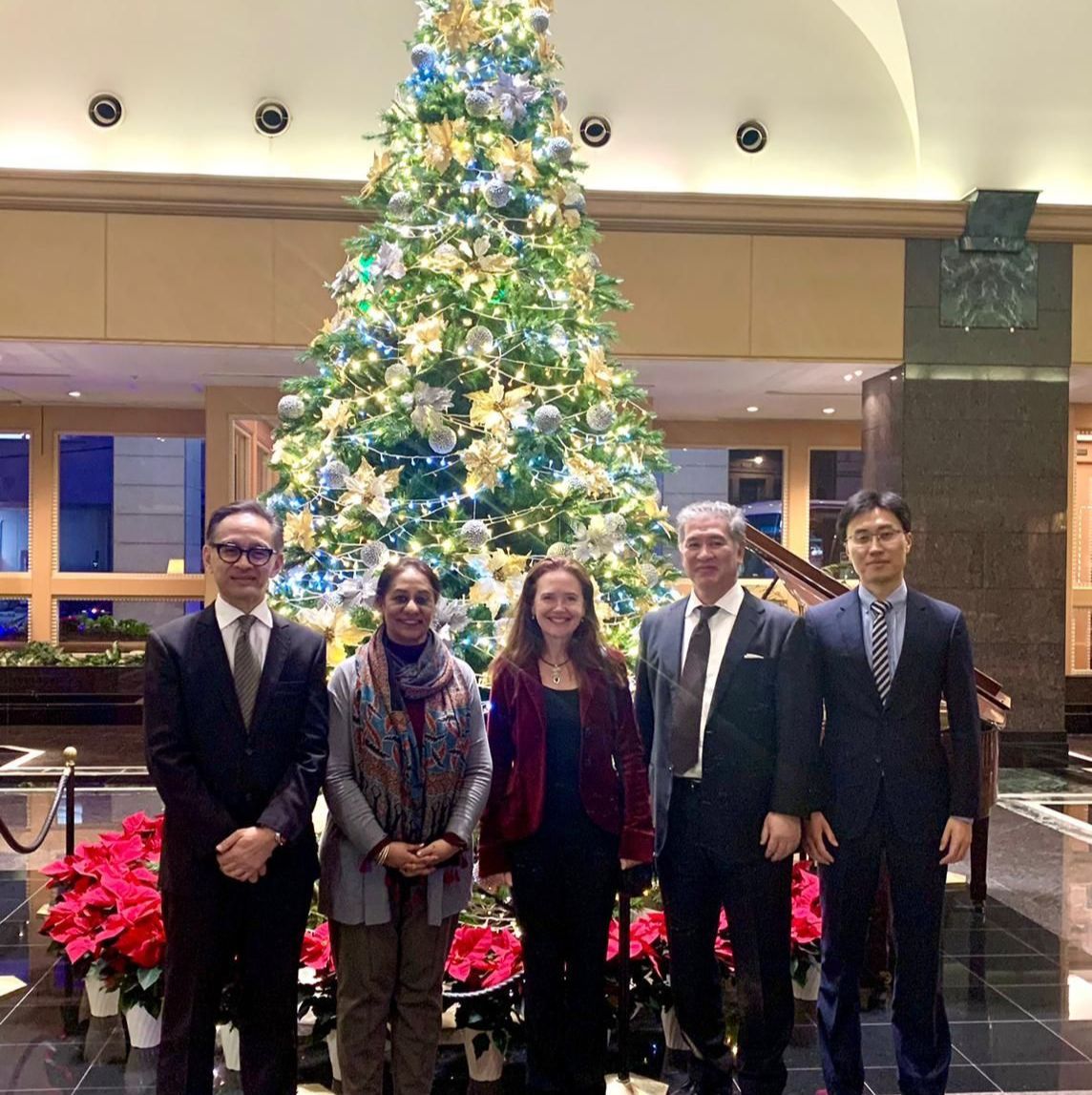Changing Security Environment in East Asia and Its Implications on Japan’s Nuclear Policy
JOURNAL FOR PEACE AND NUCLEAR DISARMAMENT
APLN Senior Research Adviser Michiru Nishida published a paper in the Journal for Peace and Nuclear Disarmament. He argued that Japan may lean toward relying more on the role of nuclear weapons in regional contingencies with increasing emphasis on the nuclear operational aspect in the integration process, particularly unless and until it completes deploying its counterattack capabilities. To read the full article, please download the pdf file on the left or read the original post on the J-PAND website here.
The basic framework of Japan’s nuclear policy, consisting of four pillars, was established just before the Treaty on the Non-Proliferation of Nuclear Weapons (NPT) was opened for signature in 1968. Since then, the security environment in modern Japan, surrounded by three nuclear-armed states (China, North Korea, and Russia) that are willing or not hesitant to change the status quo by force, has increasingly become more challenging. The new National Security Strategy of Japan made public in December 2022 states that “Japan’s security environment is as severe and complex as it has ever been since the end of World War II”. Despite this severe security environment, there is no indication of significant changes in the basic framework of Japan’s nuclear policy. However, with increasing discussions in the Japanese security community that the strike capability gap with China needs to be filled with nuclear weapons and that Japan should promote nuclear operational integration with the United States, Japan’s security policy may rely more on nuclear weapons, which could end up conflicting with Japan’s current nuclear disarmament policy, even while the basic framework as above remains the same, in particular unless and until the strike capability gap is addressed by fielding counterstrike capabilities. Such policy decisions should be made in a balanced manner so that these would not create a significant security dilemma and not increase the risk of military conflict in the region, in which case the possibility of escalation to the risk of nuclear weapons use cannot be ruled out.




